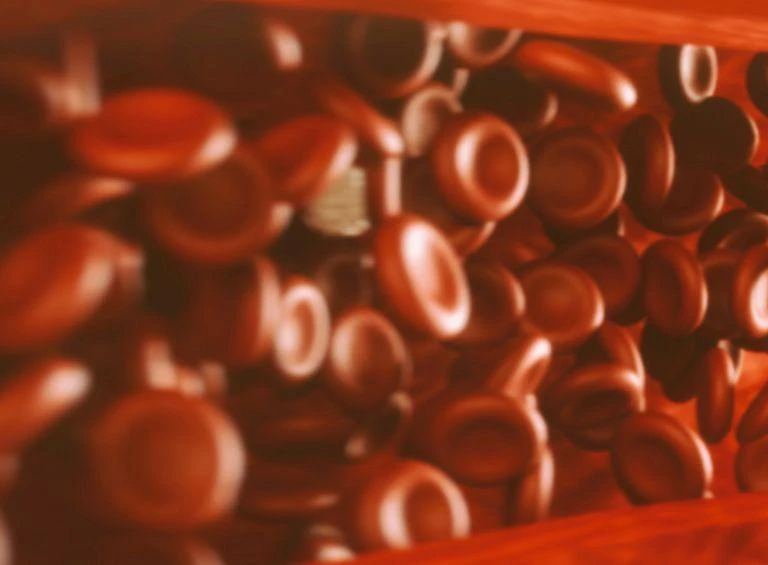P2Y12 inhibitors after Coronary stenting

P2Y12 inhibitor monotherapy after 3-month or 12-month dual antiplatelet therapy according to type of P2Y12 inhibitor in patients undergoing percutaneous coronary intervention.
This prespecified analysis from the smart-choice trial demonstrated that among patients undergoing percutaneous coronary intervention (PCI), clopidogrel monotherapy after 3-month dual antiplatelet therapy (DAPT) showed comparable cardiovascular outcomes compared with 12-month DAPT.
Key Takeaway
- In patients undergoing PCI, P2Y12 inhibitor monotherapy after 3-month DAPT and 12-month DAPT groups showed no statistically significant differences in the cumulative rates of major adverse cardiovascular and cerebrovascular events (MACCEs) in both patients treated with clopidogrel and potent P2Y12 inhibitors.
- Risk of bleeding reduced in patients receiving monotherapy with potent P2Y12 inhibitors.
Why This Matters
- One alternative to prolonged DAPT is short-term DAPT followed by P2Y12 inhibitor monotherapy (clopidogrel); however, there are concerns regarding clopidogrel monotherapy owing to its limitations, including delayed onset of action and wide individual variability in platelet inhibition.
- This prespecified analysis of SMART-CHOICE trial compared P2Y12 inhibitor monotherapy after 3-month DAPT with 12-month DAPT according to P2Y12 inhibitor type among patients undergoing PCI.
Study Design
- The smart-choice was an investigator-initiated, multicenter, open-label, non-inferiority, randomized trial that enrolled patients undergoing PCI with drug-eluting stents (DES) at 12 months after the index procedure and received antiplatelet therapy.
- For this prespecified analysis, P2Y12 inhibitors were classified in two groups: clopidogrel and potent P2Y12 inhibitors (ticagrelor and prasugrel). • Inclusion criteria: Age ≥20 years; ≥1 coronary artery stenoses of ≥50% in a native coronary artery suitable for stent implantation; and successful PCI using DES for stable ischemic heart disease or acute coronary syndrome (ACS)
- Primary endpoint: Occurrence of MACCEs (i.e., composite of all-cause death, myocardial infarction [MI], or stroke at 12 months after the index PCI)
- Secondary endpoints: Cardiac death, stent thrombosis, Bleeding Academic Research Consortium (BARC) types 2–5 bleeding, BARC types 3–5 bleeding, and net adverse clinical and cerebral events
Key Results
- Overall, 2,993 patients (mean age: 64 years) were enrolled at 33 sites in Korea (P2Y12 inhibitor monotherapy: n = 1,495; DAPT: n = 1,498). In total, 2,312 (77.2%) and 681 (22.8%) patients received clopidogrel and potent P2Y12 inhibitors, respectively.
- For patients receiving clopidogrel, 12-month adherence to P2Y12 inhibitors was similar in P2Y12 inhibitor monotherapy (95.3%) and DAPT groups (96.9%).
- For patients receiving potent P2Y12 inhibitors, rates of P2Y12 inhibitor use at 12 months were 93.8% vs 95.5% in P2Y12 inhibitor monotherapy vs DAPT groups.
- Outcomes in patients receiving clopidogrel:
- At 12 months, the P2Y12 inhibitor monotherapy and DAPT groups did not differ significantly regarding the cumulative rates of MACCE (3.0% vs 3.0%; univariable hazard ratio [HR] = 1.02; 95% confidence interval [CI]: 0.64–1.65; P = 0.93).
- No significant differences were noted in the cumulative rates of cardiac death and stent thrombosis.
- No significant differences were noted in risk of BARC types 2–5 bleeding (2.1% vs 2.9%; univariable HR = 0.71; 95% CI: 0.42–1.21; P = 0.21).
- Across subgroups (including ACS, diabetes, and multivessel intervention), MACCEs following clopidogrel monotherapy vs DAPT were consistent.
- Outcomes in patients receiving potent P2Y12 inhibitors:
- At 12 months, P2Y12 inhibitor monotherapy and DAPT groups showed no significant heterogeneity in the cumulative rate of MACCE (2.4% vs 0.7%; univariable HR = 3.37; 95% CI: 0.77–14.78; P = 0.11; interaction P = 0.1).
- Cumulative rates of all-cause death and MI were not significantly different.
- No evidence of stent thrombosis was observed in both arms.
- The P2Y12 inhibitor monotherapy group had significantly lower risk of BARC types 2–5 bleeding (1.5% vs 5.0%; univariable HR = 0.33; 95% CI: 0.12–0.87; P = 0.03; interaction P = 0.15).
- Results of the per-protocol analysis and intention-to-treat analysis were similar.
Limitations
- The study was not sufficiently powered to compare outcomes following treatment with each P2Y12 inhibitor.
- Although adherence was lower with P2Y12 inhibitor monotherapy vs DAPT, results of per-protocol analysis and intention-to-treat analysis were similar.
- Owing to the 2017 European Society of Cardiology guidelines recommendations, directly applying study results to patients undergoing elective DES stenting might be difficult.
- The study included only Korean patients; considering the “East Asian paradox,” results should be carefully applied to Western population.
Reference
- Kim J, Jang WJ, Lee WS, Choi KH, Lee JM, Park TK, et al. P2Y12 inhibitor monotherapy after coronary stenting according to type of P2Y12 inhibitor. Heart. 2021. doi: 10.1136/heartjnl-2020-318821. Epub ahead of print. PMID: 33758008.

.webp/jcr:content/p2y12-inhibitors%20(1).webp)